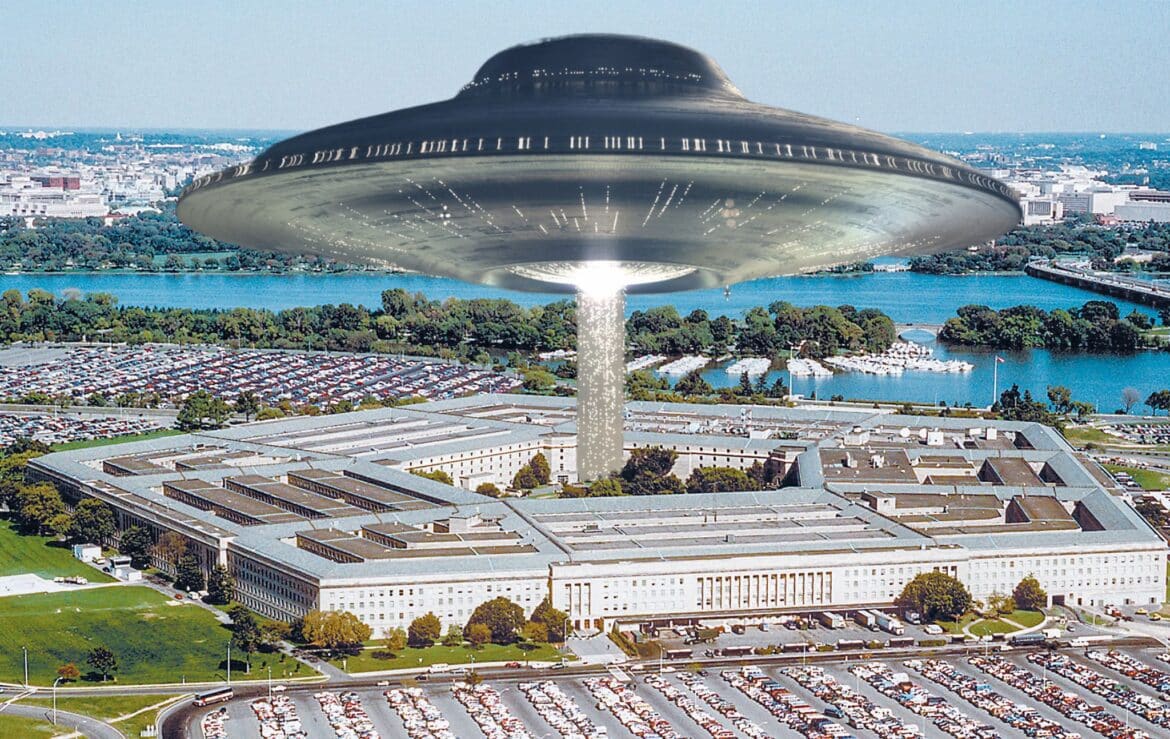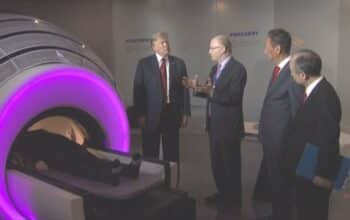On March 7, a draft research report was released, co-authored by Sean Kirkpatrick, director of the Pentagon’s All-Domain Anomaly Resolution Office (AARO), and Abraham Loeb, chairman of Harvard University’s astronomy department. The report discusses the physical limitations of unidentified aerial phenomena and suggests that aliens may be visiting our solar system and deploying smaller probes similar to NASA’s planetary exploration missions. Dr. Kirkpatrick is a highly experienced expert in scientific and technical intelligence.
The paper dives into the possibility of an interstellar object being a parent craft that releases many small probes during its close passage to Earth, similar to a NASA mission. These small probes could be separated from the parent craft by the tidal gravitational force of the Sun or by a maneuvering capability. They also derive physical constraints on the interpretations of highly maneuverable unidentified aerial phenomena based on standard physics and known forms of matter and radiation. The lack of certain signatures could imply inaccurate distance measurements for single site sensors without a range gate capability.
Kirkpatrick’s expertise is in space/counterspace mission areas, research and development, acquisitions, and operations. He has worked in Defense and Intelligence-related science and technology for over two decades, and has held various leadership positions, including Chief Technology Officer and Division Chief. Dr. Kirkpatrick has received numerous scientific and intelligence awards, including the National Intelligence Exceptional Achievement Medal and the NRO Innovation and Achievement Award.
The paper discusses the possibility of interstellar probes launched by technologically advanced civilizations that use artificial intelligence (AI) and machine learning. Such probes could be designed to survive the long journey through space and could deposit smaller probes on arrival at target planetary systems. They examine propulsion methods for interstellar probes and concludes that chemical rockets are the most feasible method. However, chemical propulsion may not be sufficient for probes to escape from the habitable zone around dwarf stars. The paper also suggests that interstellar devices could be identified through direct imaging or by detecting their chemical signatures.
The history of the Pentagon and UFOs dates back to the late 1940s, when the US Air Force started investigating reports of unidentified flying objects (UFOs). This investigation was known as Project Blue Book and lasted until the late 1960s. During this time, the Air Force investigated thousands of UFO sightings and released multiple reports on the subject.
In the 2000s, the Pentagon created a secret program called the Advanced Aerospace Threat Identification Program (AATIP) to investigate UFO sightings, which was revealed to the public in 2017. The program received funding from the Defense Intelligence Agency (DIA) and investigated reports of sightings by military personnel.
The article analyzes the potential use of self-replicating probes to explore habitable planets in the Milky Way. The probes would need to find water to generate fuel and consider the planet’s motion to escape after exploration. The statistical analysis suggests that targeted probes towards habitable zones would reduce the estimated number of interstellar objects needed. The actual abundance of interstellar objects can be determined through future surveys such as LSST and James Webb Space Telescope.
Additionally, any supersonic motion through the Earth’s atmosphere by these probes would be accompanied by detectable optical emissions.The article discusses the potential use of self-replicating probes to explore habitable planets in the Milky Way. The probes would need to find water to generate fuel and consider the planet’s motion to escape after exploration. The statistical analysis suggests that targeted probes towards habitable zones would reduce the estimated number of interstellar objects needed. The actual abundance of interstellar objects can be determined through future surveys such as LSST and James Webb Space Telescope. Additionally, any supersonic motion through the Earth’s atmosphere by these probes would be accompanied by detectable optical emissions.
In 2019, the Navy released several videos taken by Navy pilots showing encounters with UFOs. The videos were released to the public after being leaked and confirmed the existence of the Pentagon’s UFO program.
In 2020, the Pentagon established the Unidentified Aerial Phenomena Task Force (UAPTF) to investigate UFO sightings and report their findings to Congress. The UAPTF released a report in June 2021, which confirmed that there have been many instances of unexplained aerial phenomena observed by military personnel, but that their origins remain unknown.
The recent draft research report authored by Sean Kirkpatrick and Abraham Loeb, is part of the continued investigation into unidentified aerial phenomena by the Pentagon.




